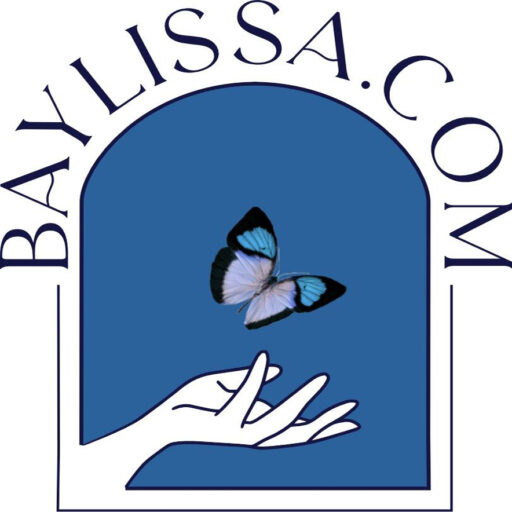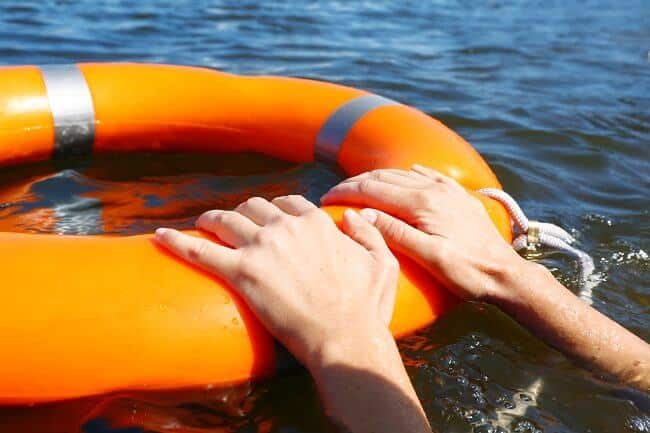AN IMPORTANT TIP
It was the first day of my psychotherapy training in a quaint and tranquil little town nestled in the Rhondda Valleys in beautiful Wales. I remember sitting, elated to be there, eager to learn. “The golden rule… the first thing I want all of you to know” the trainer said, “is that you should never remove a client’s lifebuoy unless it has already been replaced.” She then turned to her flip chart and quickly drew a stick man in the sea, clinging to a buoy for dear life. “Look at this man; if we took that buoy away from him, he would certainly drown.”
I never forgot those words and have always adhered to this rule. Now that I have been mentoring withdrawal and ABIND/neurotoxicity coaches and advising those planning on becoming coaches who contact me for advice, I would like to convey this important message to everyone. Never take away someone’s lifeline aka lifebuoy. Never.
What are examples of lifelines? Someone providing formal or informal coaching (whose support the person considers to be invaluable) will be a lifeline to that person. They hang on to every word the coach says and that helps to keep them going. Regardless of whether you agree with the coach’s approach or advice, you would not say anything to that client to erode their confidence in the coach. This could result in the person no longer believing the reassurances that were igniting hope and increase the person’s risk of giving up.
An exception would be if there is a safety issue, where the person is being advised to do something dangerous and even then, you begin your sentence with, “I am sure whoever advised you to do this means well and is not aware of all the implications, but…” There should be no unkind words about the person offering support. If you are concerned about the coach’s advice and you think it is making people unsafe, you ask the client to let the coach know the repercussions of the advice given, in order to prevent further harm. My rule to all my clients and members of my group is: no unkind comments about any coach, group, or person giving support.
In the case of a faith or spiritual belief that is keeping the person afloat: “I couldn’t do this without my God”, this should be considered a lifeline. Whatever brings hope and makes the person feel optimistic is that person’s lifebuoy. So, if you don’t believe in God or a Higher Power, you would not say to someone for whom this is a lifeline, “Don’t be silly, there is no such thing.” That person’s belief in God could be the one reason for holding on.
Other lifelines include the belief that something the person is doing is keeping them alive or afloat. It doesn’t matter if it is true or not, or if you believe it or not, the person’s safety is the most important thing and unless you can replace their lifebuoy with something else, you must allow it to remain intact.
Time and again I have witnessed the devastation and hopelessness that can result from taking away a person’s lifebuoy. Some years ago, when I was being bullied in a forum, two people who were clinging to the hope I gave them ended up confined in hospital, as a result what was being said about me. I really didn’t care about the lies and malice, but seeing the distress of the dear people I was supporting was saddening and overwhelming.
Once you understand the fragility and vulnerability of those struggling most, protecting them becomes a priority. One lesson I have learned over the time in this community is that sometimes it is better to be kind than to be right. Ater my initial reaction to the bullying, I bit my tongue, sent them my compassion, and continued to offer hope.
If you don’t agree with something someone has been advised to do, it doesn’t mean it is wrong for the person. No matter what supplements a person takes, what protocols, whether they believe the sun is God, or that the coach is a direct messenger from the Archangel Raphael (the angel of healing), or that what is keeping them alive is the amethyst crystal under their pillow, the reality is that the person has a lifeline, is healing, and will eventually have evidence of this and make it to the other side. In the meantime, we have to empower the person with more buoys while keeping that lifebuoy inflated, until it can be replaced (if it is harmful and needs to be) or the person heals – whichever comes first.
With much compassion,


